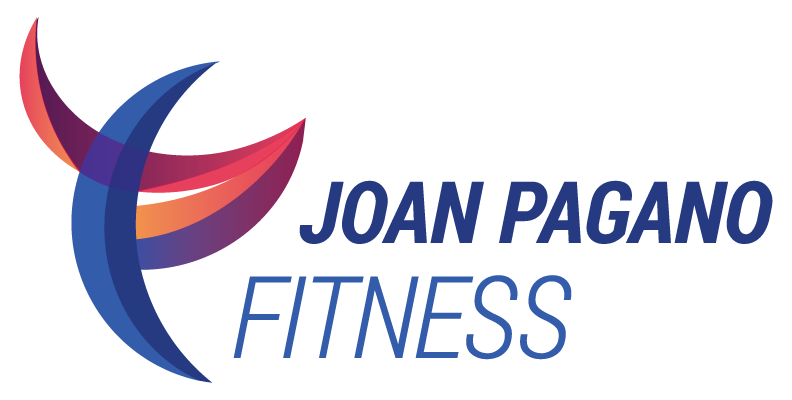Stretching for Flexibility
A few minutes of daily stretching helps maintain flexibility.
Decreased flexibility may be a common aspect of aging but it is one that you can do something about, no matter what your age. Just a few minutes of daily stretching can help maintain flexibility, which in turn keeps the muscles supple and counteracts the wear and tear of everyday life.
What is flexibility?
Your ability to stretch depends on genetics as well as your daily habits. The unique structure of bones and the length of the soft tissue (muscles, tendons, and ligaments) surrounding them determine the joints’ range of movement. Stretching lengthens muscles and increases your range of motion. Greater flexibility can enhance performance in physical activities and make daily tasks easier.
Benefits of stretching
Restore lost height
Improve posture and alignment
Prevent pain and injury
Promote stress relief and relaxation
1. Restore lost height
The constant downward pull of gravity and gradual dehydration of the body’s tissues cause us to literally shrink over time, but stretching can help restore lost height by lengthening the muscles around the spine and improving the mobility of the upper back. (See the standing back bends below).
2. Improve posture and alignment
Muscles maintain the alignment of the skeleton in all positions. Stretching promotes upright posture, creating balance in opposing muscle groups. There is a natural tendency for some muscles to be short and tight, with others prone to being long and weak.
Think, for example, of the “forward slouch:” a stooped posture with the upper back rounded, shoulders hunched, and the head forward of the body. Stretching can help offset this imbalance by lengthening the chest and shoulder muscles (which are short and tight) while you strengthen the neck and back muscles (which are long and weak).
3. Prevent pain and injury
Stretching supports proper movement mechanics and reduces musculoskeletal stress on the spine and joints. Poor posture and alignment can cause pain when the muscles become chronically tired and strained and more prone to injury. Headache, neck and shoulder tension, sciatica, and hip and knee pain can all be symptoms of this.
In addition, shortened muscles are more at risk for injury caused by simple movements. By enhancing our mobility, however, stretching increases our efficiency in all activities so that they require less effort and leave us feeling less tired.
4. Promote stress relief and relaxation
Stretching energizes us by discharging tension from the muscles and refreshing the mind. It stimulates the parasympathetic nervous system, promoting calm and reducing stress hormones.
Combined with deep breathing, it can become a mindful, meditative practice. Think of yoga, for example, where holding a stretch position is a type of moving meditation that releases tension, eases tightness, and elicits the relaxation response.
Stretching guidelines
Stretch after workouts, during a dedicated stretching session, or after a prolonged period of inactivity to release tension, restore muscle balance, and reduce stiffness.
Warm up first. Cold muscles are less pliable so warm up first with five minutes of full-body movement like marching in place, stair climbing, cycling.
Stretch the major muscle groups – thighs, hips, calves, back, shoulders, biceps, and triceps - aiming for at least 2 to 3 days a week.
Focus on the muscle you are targeting and pay attention to stabilizing the rest of your body.
Stretch until you feel gentle pulling in the belly of the muscle without any pain, then hold the stretch for 20-30 seconds.
Take your time and remember to breathe.
Sample stretching routine
1) Start with a back extension to lengthen the spine and stretch the chest and front of the shoulders.
Begin with the supported version on the left and progress to the full “sun salutation” on the right.
2) Move on to upper body stretches for the shoulders and arms.
These are great stretches to do at your desk….or anytime!
3) Stretch the large muscles of the lower body to counteract the daily stresses of being on our feet or, conversely, from prolonged sitting.
Essential leg stretches after walking or jogging.
4) Focus on the inner and outer thighs to increase mobility of the hip joint and promote muscle balance around the pelvis.
Take your time and breathe into the stretch, allowing time for the muscles to lengthen.
5) For a final stretch at the end of the day, do a full-body cool down to release tension from the major muscle groups.
Holding a stretch position is a type of moving meditation that releases tension and tightness, eliciting the relaxation response.
All stretches depicted here are safe and recommended for osteoporosis and osteopenia. For more detailed information about stretching, please see Stretching for Osteoporosis
Exercises reprinted from the book Strength Training Exercises for Women by Joan Pagano (DK, 2014)
Photographs copyright @ 2014 Dorling Kindersley Limited.
Disclaimer: The information presented in this article should not be construed as medical advice. It is not intended to replace consultation with your physician or healthcare provider.






